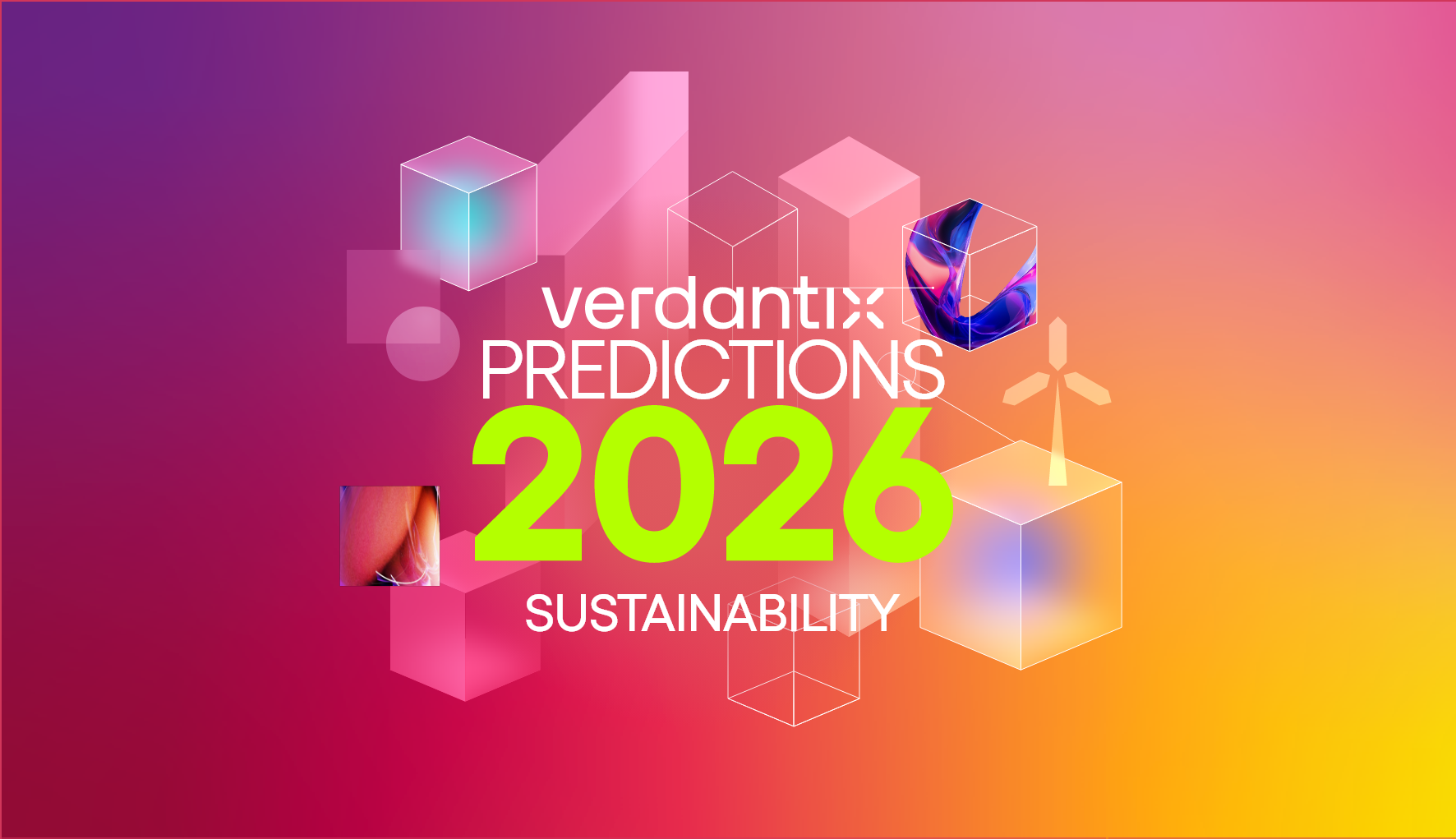Levelling Up Audit Practices: Taking A Technology-Driven Approach To ESG Assurance

Lily Turnbull
We are now in an era of ESG defined by radical transparency. Firms are providing detailed disclosures on their sustainability performance, which are subject to intense public scrutiny if it’s revealed that their actions do not match their words. Organizations are leveraging cutting-edge technologies – such as blockchain, AI and IoT – to enhance the collection, monitoring and analysis of sustainability data. Given these developments, how can ESG assurance practices adapt to keep pace with the increasingly technology-driven landscape of corporate sustainability reporting and data management?
In the recent Verdantix report, Strategic Focus: The ESG & Sustainability Assurance Software And Services Partnership Ecosystem, we outline four areas where ESG assurance providers could partner with ESG software providers to enhance digitization and differentiate their offerings:
- Incorporating GenAI into ESG reporting and assurance workflows.
Since the release of ChatGPT by OpenAI in 2022, the use cases for generative AI (GenAI) in ESG have ballooned (see our report on incorporating GenAI into data management). Not only can the responsible use of GenAI assist sustainability executives with data collection and management, but there are also opportunities for assurance practitioners to leverage GenAI to assist with evidence collection and interrogation to enhance the efficiency of audit processes. For example, C3 AI has developed a GenAI product that streamlines information retrieval from both structured and unstructured data sets, provides evidence for its reasoning, and contains access controls to ensure that data retrieved by the application are restricted to authorized viewers.
- Leveraging geospatial technologies to enhance ESG data accuracy and reliability.
Geospatial and satellite imagery providers can deliver real-time monitoring of deforestation, land use changes, water pollution, GHG emissions, and other environmental and social factors. ESG assurance practitioners can leverage geospatial data to assess air and water quality, monitor the impact of industrial activities on ecosystems, and cross-reference information about the physical risk of assets. Geospatial data can verify the accuracy of corporate climate and environmental disclosures – for example, to verify nature-based carbon offset projects without needing to perform site visits.
- Utilizing digital twin technologies to streamline assurance and boost transparency.
Digital twins are virtual representations of physical objects or systems that allow users to run tests, as if in a real-world scenario, to improve processes. Firms are increasingly leveraging digital twin technologies to drive sustainability performance improvements by gaining insights into materials traceability, modelling GHG emission reduction pathways, and identifying ESG risks and opportunities. There’s an opportunity for ESG assurance providers to use digital twin technologies to create visual representations of a reporting organization’s operations and supply chain in order to perform on-site examinations remotely and quickly – and to enhance transparency.
- Improving the robustness of double materiality assessments.
The EU’s CSRD requires a reporting organization to determine whether a topic or sub-topic is material from two perspectives: impact and financial materiality (otherwise known as double materiality). The process must take into consideration all stakeholders affected, including silent stakeholders such as nature. Assurance providers can partner with ESG software providers to enhance the robustness of clients’ materiality assessments, as well as to expand their own research and analytics capabilities.
Digital solutions will play an increasingly important role in the delivery of ESG and sustainability assurance services, from workflow management through to data sampling and analysis. Collaborations between ESG assurance providers and software providers will continue to drive innovation in the market — such as KPMG and Microsoft, which are working together to leverage LLMs to evaluate structured ESG data in clients’ climate reports and compare this against regulatory standards. However, this must be underpinned by robust controls, human oversight and international standards.
For more information on ESG assurance, corporate governance and AI, read the following reports:
Strategic Focus: Transitioning To Investor-Grade ESG Data And Decision-Making
About The Author

Lily Turnbull
Senior Analyst





